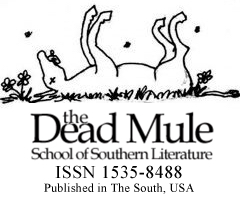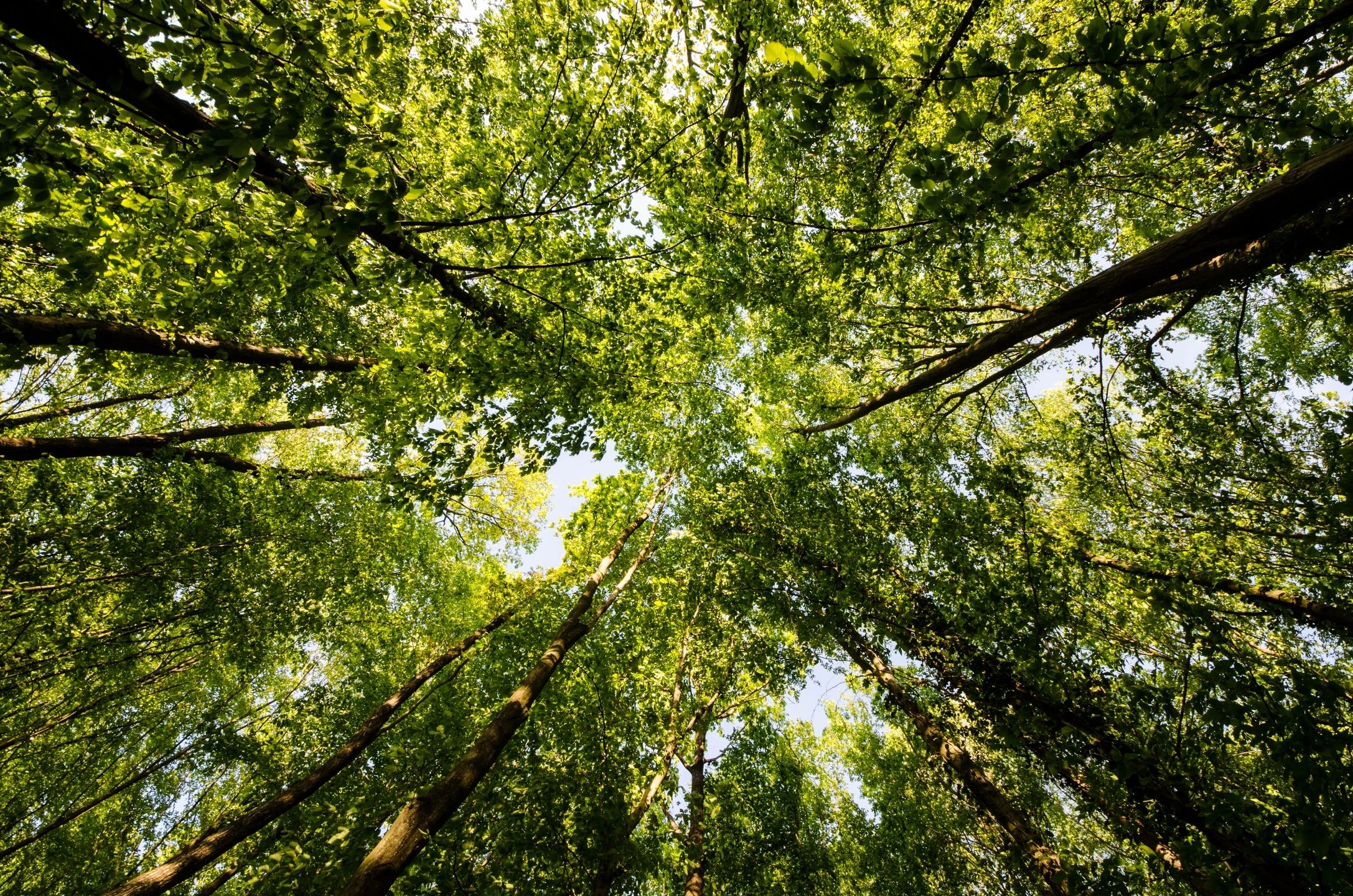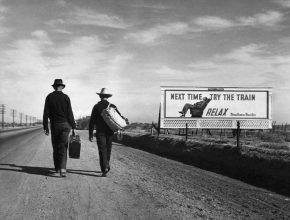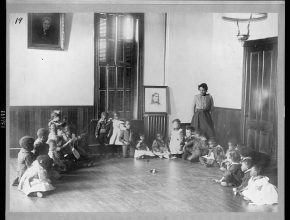Southern Legitimacy Statement: I live pretty far south of the Mason-Dixon line, in central North Carolina. Though I’m a transplant, I make a mean batch of chow-chow and a sublime bourbon pecan pie. And those bitters mentioned in this piece? Made with moonshine.
Roots
Cocktail hour: bourbon for my husband, vodka for me, and a dash of homemade bitters made with cinnamon bark and orange peel for both. We contemplate the Japanese maple tree in the middle of the front yard from our roost on the front porch. My husband, Dean, set the maple in its present spot about fifteen years ago, after the massive double oak which was once there, split in two during a summer storm, pulling down the power lines that were entangled in its high branches and knocking out all the electricity on the block. The maple was a tiny thing then, an afterthought sitting to the side of the house. Dean saw its potential and tenderly moved it, cradling its baby roots into the newly formed gap over the tangled old roots of the oak.
The metaphor, for us, was obvious. Native Californians plopped down in North Carolina with two babies, we’d had to establish a new life in an alien climate and culture. We all spoke English but there was a lot we didn’t—still don’t, after nearly two decades—understand. Everything, right down to the clay-red soil, was different. The two-to-five-year plan turned to seven, then ten and now there’s no end in sight.
It’s no simple task, setting down roots. They might take a long time to establish and sometimes may not take at all. The life of a tree may start to wither on either end; the old roots may spring up and strangle the new; there may not be enough nourishment to go around. Some ground is more fertile, more aerated, more arable than others. There they are, mostly underground, and what you cannot see you cannot always put faith in.
But then, that’s the nature of faith: believing in it even when the outcome is uncertain, even when you cannot see what’s there. It’s a metaphor, for sure, but it is also true, and truer in some places than others.
I thought a lot about this when reading about the Cherrapunji Forest of India, where none of this is metaphorical. As the wettest region in the world, full of rivers and streams to cross, human life in the Cherrapunji is made possible by many bridges, bridges made of tree roots. Bamboo and betel nut trees are laid down and the huge roots of rubber trees grow to wrap around them over a period of years. Vines are twisted into handrails, spaces between the roots filled in with mud and eventually, the river crossed. This damp and mysterious land contains one bridge that is over 150 feet long and took decades to develop. As the organic material breaks down, new roots, new vines, new shoots and trunks are put in place, because these things take time to grow. Without roots, the people who live there would find their lives compromised, because roots are integral to their survival. It’s faith, and a deep patience borne of necessity.
Mr. Lusk, our tree guy, would find this interesting. A native son of North Carolina and devoted arborist, he walks around our yard every couple of years, taking stock of the trees, touching them and then standing way back to consider who needs trimming or topping. If a tree needs taking out entirely—a decision never made lightly—Mr. Lusk brings a team of men who work quietly and in tandem, meticulously taking a tree all the way down to the stump without fanfare. The stump is then ground into sawdust. What about the remaining roots? They often die, wither away, are absorbed into the ground, atoms converted back into the soil, food for the forest floor. Occasionally, though, they regenerate and send up new shoots.
When the double oak in the front yard fell, Mr. Lusk’s crew was unavailable. Inthe wake of the storm, there was more work than was wanted: all over town were huge, fallen branches, cars crushed under the weight of felled trees, and houses with roofs caved in from treefall. Another tree man came out; his crew didn’t properly dispose of everything and even now I see a bit of rumpled ground where that oak once was. The maple continued to grow, though, and is now at full height, with elegant branches extending not just up but out, creating an emerald pyramid of lush leaves in spring, and turning amber, gold, and garnet in the fall. It is increasingly hard to imagine that old oak where it once stood.
Will that maple interfere with the power line? I anticipate the day when an ice storm hits and the tree’s topmost branches freeze into the wire, forming a single icicle that snaps like a rubber band, streaking out, spreading zings of electricity into the air and down to the ground and the houses on our wooded street all going dark. I’m not wishing for it, but it’s not a wholly terrible scenario, because a power outage means candles and the setting up of the camp stove and wood in the firepit and early nights with everyone piled together on the couch, an unlikely possibility now that my sons are grown. But in the face of dwindling phone batteries and a disruption of routine, I could, if they’re home, coerce them into sharing a blanket and playing a little chess as the cold night closes in. Seasonal shifts are one thing we’ve adjusted to, and now enjoy.
“It’s going to be an interesting tree,“ Mr. Lusk said about the maple, just after the transplant, “a good one.”
Dean and I consider the maple from different angles, and clink our glasses in agreement.







